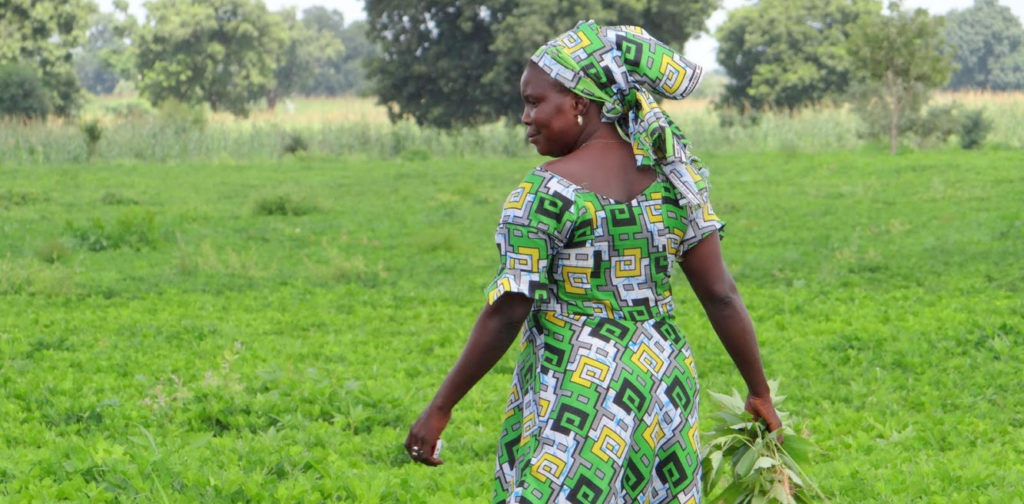It’s not enough to sing their praises: let’s work on legal rights, market access, community-based support, and more equitable households say Melinda Fones Sundell and Marion Davis.
If you know anything about agriculture in sub-Saharan Africa, you know that women grow the majority of food crops. In Ghana, for example, women produce 70% of the nation’s food crops, provide 52% of the agricultural labour force, and contribute 95% of the labour for agro-processing activities. Across the region, 62.5% of women work in agriculture, compared with 36.4% globally (report p.57, A8).
Yet women farmers often work under very difficult conditions. Many don’t even control the land on which they grow their families’ food, and their access to fertilizers, tools, equipment and other inputs is also constrained. The UN Food and Agriculture Organization has estimated that if women had access to the same productive resources as men, they could increase their farm yields by 20-30%.
Agricultural development programmes have done little to close those gaps. Few have actively addressed gender inequality, and without a concerted effort to overcome the social, economic and legal constraints that women farmers face, interventions meant to benefit both sexes are likely to reach mostly men.
Last fall, we published a free book that aims to distil that knowledge, Transforming Gender Relations in Agriculture in Sub-Saharan Africa. Financed by the Swedish International Development Cooperation Agency (Sida), the book grew out of an effort by Sida to better understand the role of gender in agriculture.
Free verson of the book ”Transforming Gender Relations in Agriculture in Sub-Saharan Africa”
Read review of the session on gender at Agri4D Conference
